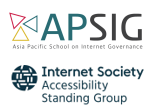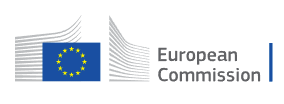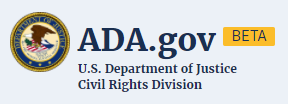Around 87 million people in the EU have some form of disability. Schools or workplaces, infrastructures, products, services and information are not all accessible to them. This presentation by the Internet Society Accessibility Standing Group (ASG), marking the International Day of Persons with Disabilities 2022, will give you an overview about the conventions and directives enacted or in the offing in the EU, especially by the European Commission, in the field of ICT-Accessibility. Presenter Klaus Hoeckner will cover the main directives like the Web Accessibility Directive, but also others such as the EN 301 549 and the European Accessibility Act.
We will explain:
* What is the content?
* What is the difference between an EN and a HEN?
* What is a Mandat of the EU?
* What other regulatory items are in force within the EU?
* What could be the possible overflow to regions/countries outside the EU?
* Are their connections to Section 508 In the USA?
* Which items/policy fields are covered?
Monday 5 December 2022 13:00 CET / 12:00 UTC / 07:00 EST / 23:00 AEDT
13:00-13:40 The regulatory framework for Accessibility in the EU
13:40-14:00 Questions
Presenter: Klaus Hoeckner, Managing Director of Access Austria, has been working in this field since 2003. He is member of different working groups in European Disability Forum, European Association of Service Providers for Person with Disabilities, in Standardisation Bodies like CEN/CENELEC and ISO as well as other formal and informal groups. He was a member of the High Level Experts Group on Artificial Intelligence of the Commission and works in several national and international representation groups for People with Disabilities.
This event will have closed captioning.


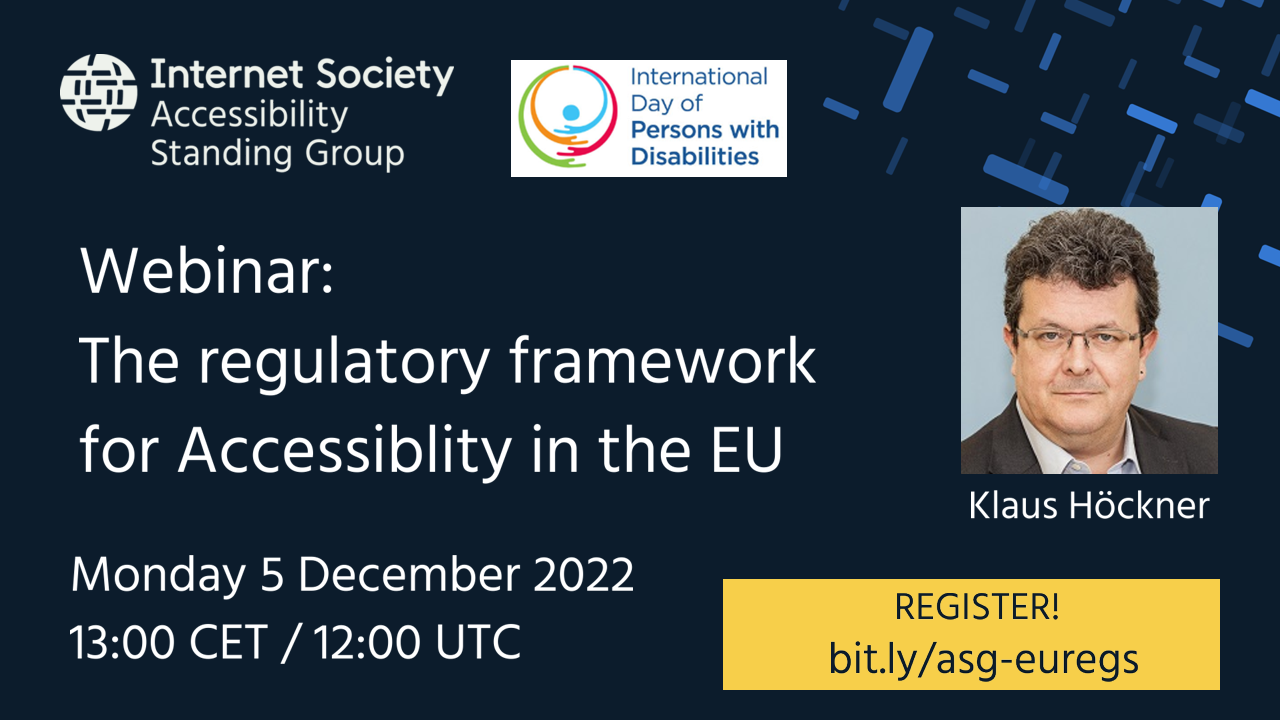
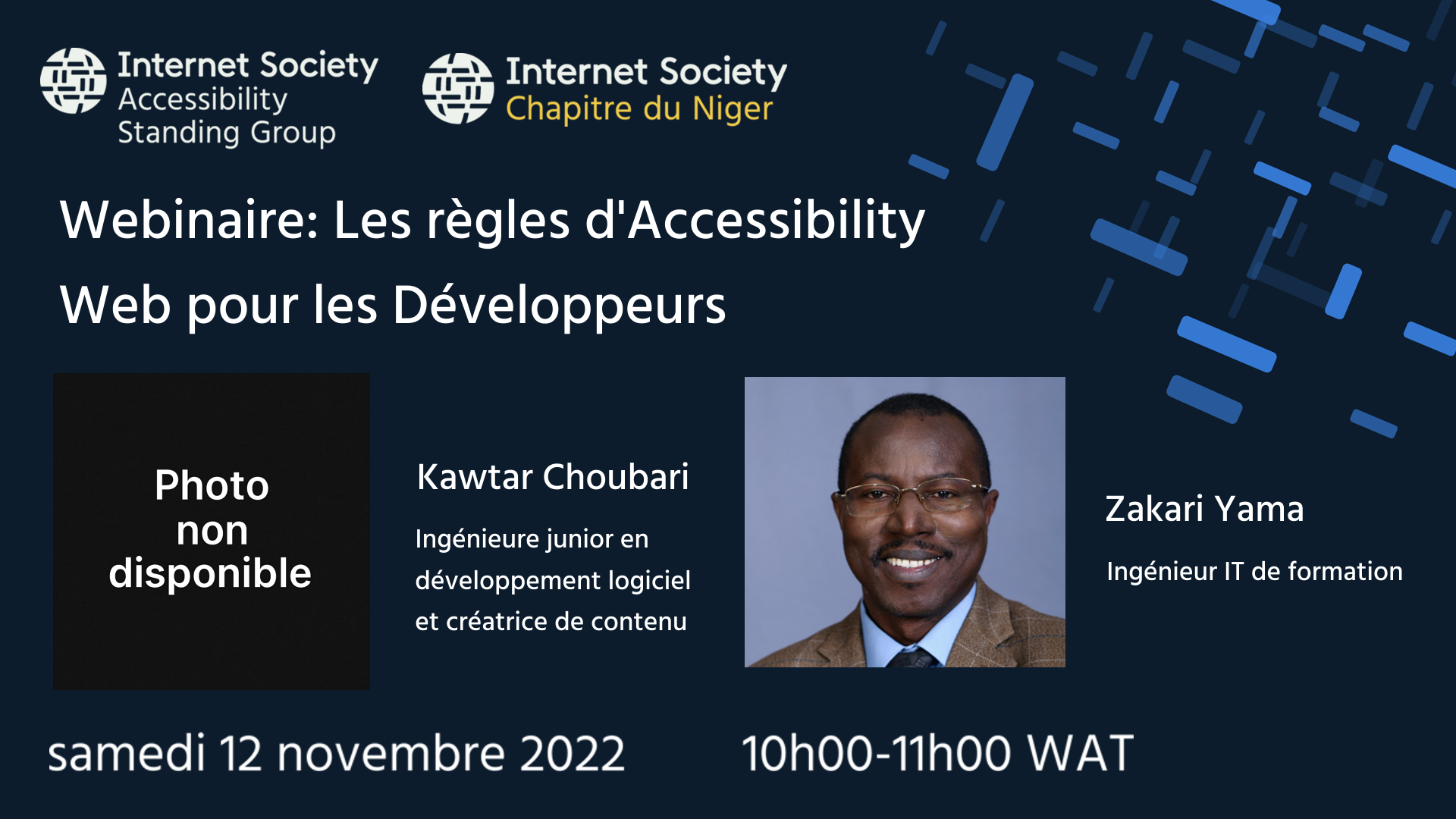
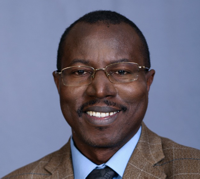 Ingénieur IT de formation, Zakari a plus de 20ans d’expérience dans le consulting et la gestion de projets digitaux et Web qui lui ont permis de développer, entre autres, une expertise approfondie sur le volet expérience utilisateur. Zakari est également membre de la Leadership Team d’ISOC Accessibility Standing Group
Ingénieur IT de formation, Zakari a plus de 20ans d’expérience dans le consulting et la gestion de projets digitaux et Web qui lui ont permis de développer, entre autres, une expertise approfondie sur le volet expérience utilisateur. Zakari est également membre de la Leadership Team d’ISOC Accessibility Standing Group Kawtar est une ingénieure junior en développement logiciel et créatrice de contenu. Spécialisée dans le développement d’applications web et mobiles, Kawtar a pu utiliser ses expériences et mettre ses connaissances à profit en créant du contenu éducatif sur les réseaux sociaux et en animant des ateliers et des conférences pour les étudiants et les passionnés d’informatique.
Kawtar est une ingénieure junior en développement logiciel et créatrice de contenu. Spécialisée dans le développement d’applications web et mobiles, Kawtar a pu utiliser ses expériences et mettre ses connaissances à profit en créant du contenu éducatif sur les réseaux sociaux et en animant des ateliers et des conférences pour les étudiants et les passionnés d’informatique.
